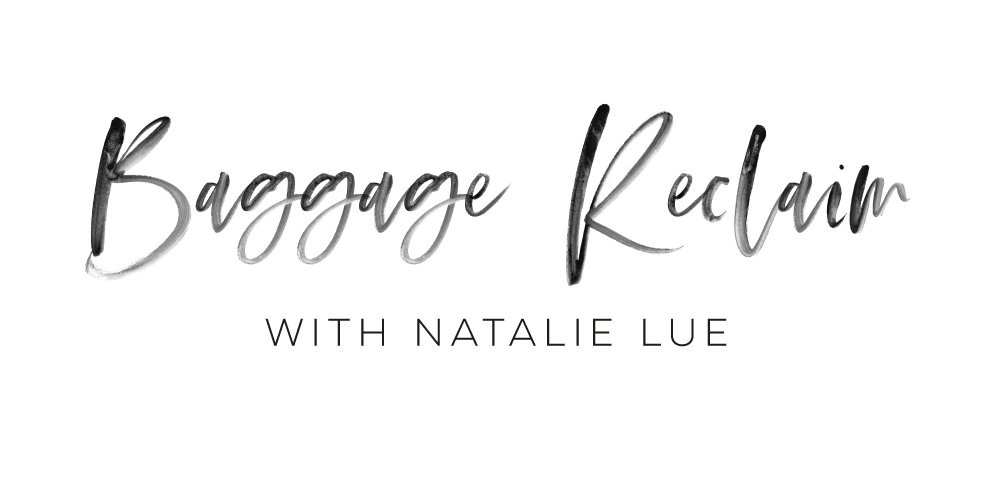This week’s episode of The Baggage Reclaim Sessions is about how to be more assertive in those instances where you recognise that you don’t want to do a request or what’s expected. Thanks to the events of the last few months, I haven’t seen my mother very much. When it was her birthday last month, I suggested a plan that took into account the pandemic guidelines at that time. And then… the plan shifted significantly over the course of our conversation to one I wasn’t comfortable with. I employed the same steps I teach for creating healthy boundaries and asserting ourselves. In this episode, I share those four key steps.
Subscribe on Apple Podcasts | Spotify | Android
Nuggets from the episode
- Step one: Work out what you want to do versus what you think the other person expects of you or any generalised obligation.
- Pay attention to those messages from your body, thoughts and even actions that suggest that you don’t want to do something or that a further conversation or form of action is needed.
- Give yourself the space and grace to get a sense of what you’re feeling. Stepping back helped me to notice that I wasn’t comfortable with the proposed plan.
We know when we want to do something. If we can’t convert a sense of obligation or an expectation into a desire, we need to say no. Or, we need to communicate to the person that we understand it to be an obligation so that we can get on the same page.
- The gap between what we want to do and obligations or other people’s expectations is where tension, friction and resentment reside.
- When we contemplate doing something and the chatter in our head is about trying to control other people’s feelings and behaviour or ego-driven thinking, this is a sign that we are contemplating doing something for the wrong reasons.
- Step two: Work out what you want to do and what that requires you to communicate. This shifts us from having a passive response where we’re aware of our discomfort or what we really need/want/think but not doing anything to an active response.
- Sometimes we segue from passive responses to passive-aggressive ones where we drop hints about our frustration and resentment. This will only lead to more problems, including feeling crappy about ourselves.
- Being assertive by having an active response allows us to evolve our boundaries. We also get to feel in command of ourselves.
- Step three: Identify your desired assertiveness outcome. What do you need to achieve assertively? e.g. I say ‘I don’t want to do that’. ‘I communicate to my mother that I’m going to {insert plan}’. It could be that you voice an idea in the weekly meeting or that you talk about what’s bothering you or that you ask for help.
- Desired assertiveness outcomes can’t be about trying to control other people’s feelings and behaviour! If your objective is to make someone say X, think Y or do Z, you’re giving up your power and your boundaries.
Disappointment is OK; it’s the result of discovering what’s actually possible. Not all of our expectations are realistic, but also, people are humans. We’re allowed to feel disappointed!
- Step four: Communicate what you want or your position. But go easy on the fluff. There’s no need to pad out what you need to say with a load of excuses or story. People miss the point! They just want to know where they stand (and where you do!). Start lean and then add in detail.
- If you’re not sure what you want, then it’s OK to say that. Don’t railroad or emotionally blackmail you into agreeing to something.
- Saying ‘Let me get back to you’ gives you the space and grace to consider your body, needs, schedule, wants, etc. It allows you to consider you.
- If they say that they need an answer right now, then the answer is no. If they can’t handle waiting then they get a no right now. Some people want to catch you on the hop. And some people think they can’t handle waiting and delaying their gratification.
Links mentioned
- Family estrangement (ep 204)
- The pandemic will teach us to be more boundaried
- How to say no: the Coronavirus edition.
- Dealing with family and faux obligations
Subscribe and/or leave a review on Apple Podcasts (how-to guide here)–it really helps in growing the show! If you’re new to podcasts, find out more about what they are and how to subscribe with this handy guide.

 Add to favorites
Add to favorites 